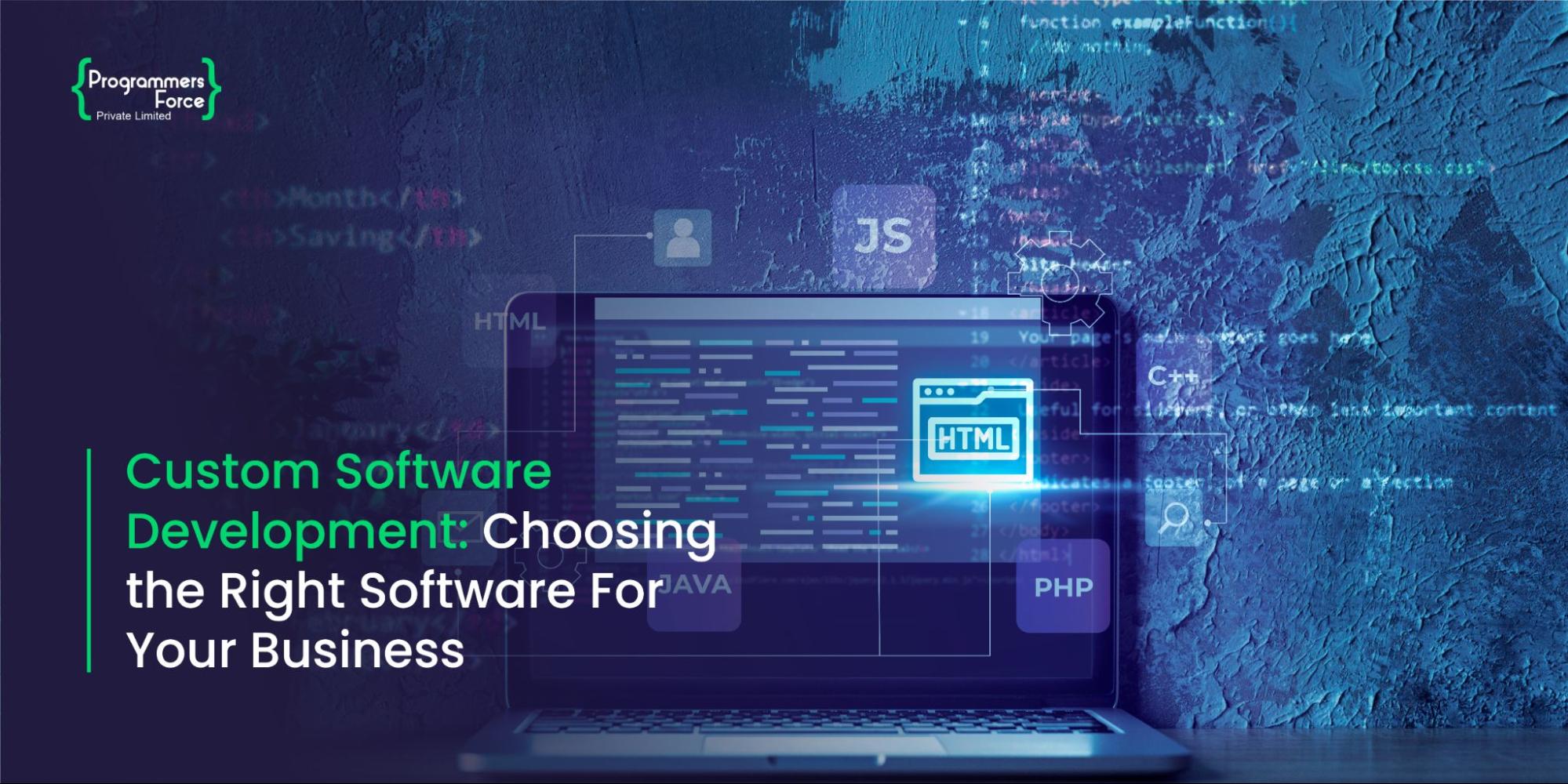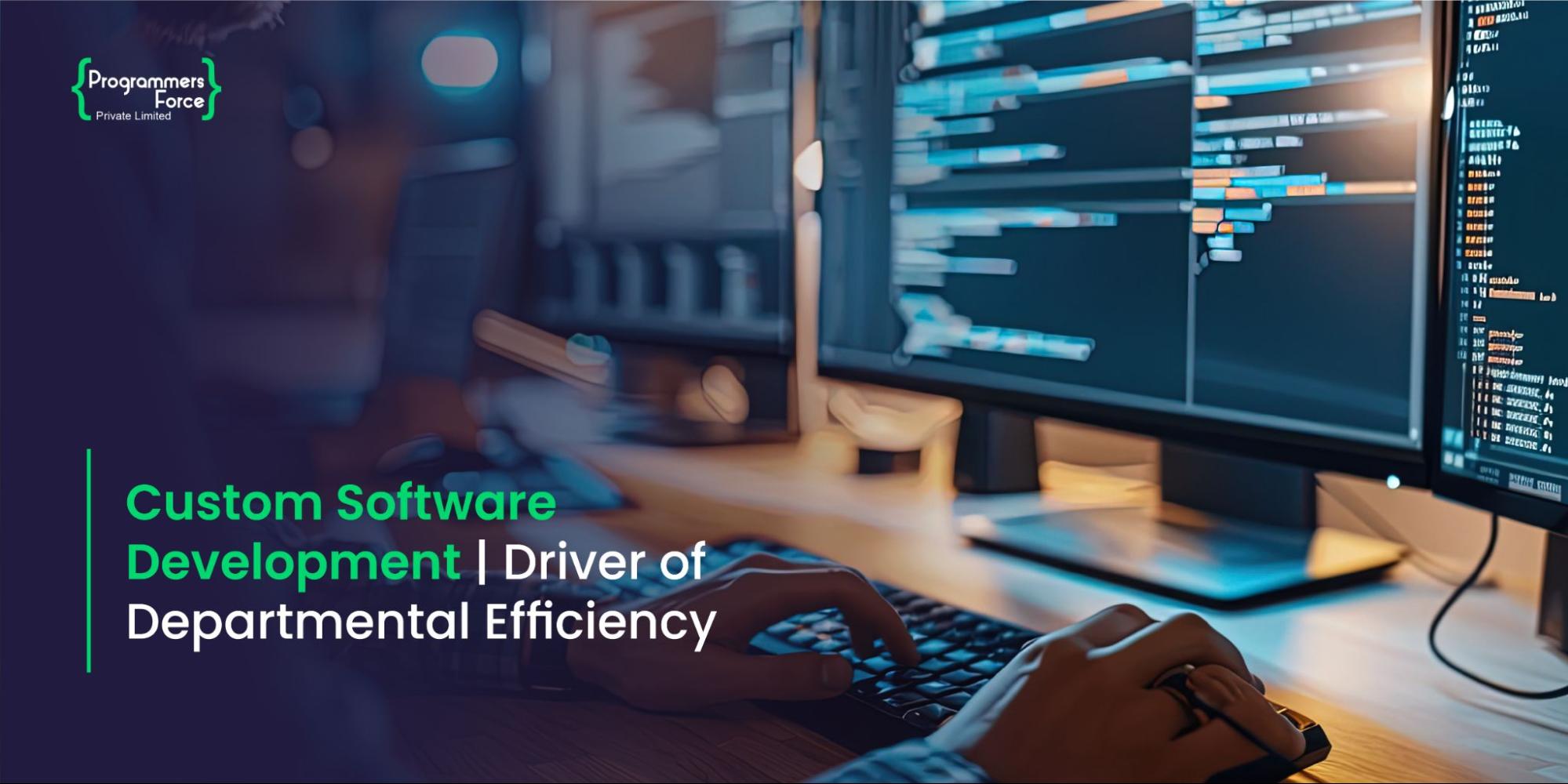
Web3 Development – How to Get Started with dApps
The Web has revolutionized completely if we compare it to the early days of the internet. The modern, fast and ubiquitous Web 2.0 has taken hold with great speeds, high connectivity and most importantly seamless interaction between users worldwide. But still, we get to see that the data we generate and consume over the internet is governed by big tech giants companies such as Google, Microsoft and Meta. To overcome this issue of data governance and integrity, the concept of Web3 was introduced in 2006, and the idea has started to take hold among businesses in recent years. To convert the idea into reality, corporations and computer scientists are starting to organize data and utilize new technologies such as blockchain to provide a completely decentralized internet in the future.
What is Web3 Development?
As mentioned above, the idea of web3 was introduced to offer a decentralized internet where no central governing body is present among the users. Web3 development is the use of blockchain technology to create Decentralized Apps (dApps). This is a whole new approach to application development that provides for greater openness or more specifically transparency, security, and ownership. In simple terms, it means developing apps that run on a decentralized network rather than a centralized server.
A decentralized network is made up of a large number of computers located all over the world that are all linked to the same blockchain. This technology enables parties to establish trust without the use of middlemen. Web3 development provides new avenues for developing dApps that are more secure, transparent, and decentralized than ever before.
Which Technologies are involved in Web 3 Development?
The concept of web3 is still evolving but several technologies are paving the right path. To provide a decentralized internet to the users, these technologies aim to assist the development of dApps. Here are some most significant innovations that will prove to be the foundation of Web3 app development infrastructure.
Blockchain
When we discuss decentralization, one technology that frequently comes up is blockchain. In essence, blockchain is a mechanism for recording transactions or information in a transparent, secure, and tamper-resistant manner. The main point is that it is decentralized; rather than a single central authority or database regulating everything, the information is distributed throughout a network of computers or nodes. This ensures that no central authority has total control over the data, making things more democratic and less susceptible to corruption. It’s similar to everyone having their own copy of a document, and all of those copies must match before any modifications can be made.
dApps: We have mentioned dApps several times, these apps are a big part of Web 3.0. These apps run on a decentralized network (blockchain), and they have the potential to be more secure, transparent, and user-controlled than traditional web applications. Uniswap, a decentralized crypto-asset exchange that allows users to trade cryptocurrencies directly with each other without the need for an intermediary such as a bank or exchange, is an excellent example of a dApp.

Cryptography
Cryptography is the study of secure communication, and it is an important part of Web 3.0 and dApp development. To secure transactions and protect data privacy, cryptographic techniques such as public-key encryption and digital signatures are utilized. Cryptography also involves authentication mechanisms, such as digital signatures, to confirm the validity of messages and that they have not been altered or tampered with. In our increasingly digital environment, cryptography plays a key role in ensuring the security and privacy of sensitive information.
Smart Contracts
Smart contracts are self-executing contracts in which the contents of the buyer-seller agreement are directly put into lines of code. They enable transparent agreement execution and the automation of complicated operations. Smart contracts are developed using blockchain technology, which ensures that the contract is transparent and immutable, which means that it cannot be modified after it has been executed. Smart contracts reduce the need for central bodies such as attorneys or banks to supervise and enforce contract conditions, resulting in faster and more efficient transactions. To better understand this concept, consider two people entering into a smart contract to buy and sell land. The contract can automatically transfer the ownership of the land to the buyer once they have paid the agreed-upon amount. Smart contracts are essential for dApps to process encrypted data.
How to Become a Web3 Developer?
The above-mentioned innovations are the foundation of web3 infrastructure and they are building blocks of the web3 development process. Anyone willing to dive into web3 development needs to understand the working and importance of these technologies. Here is a quick outline of how to become a dApps developer for creating decentralized applications.:
- To become a web3 developer, you must know how to create and deploy dApps that follow all the necessary decentralization protocols such as blockchain network operations and cryptography.
- The excellent news here is that developers that already have the skills and experience in programming can start with dApp development. Solidity is a programming language that developers can use to write apps for decentralized blockchain networks.
- Developers must also understand the importance of data structures that they will need when developing dApps. Having a grip on the project’s essential components allows them to write better code.
- After getting hands-on experience with Solidity, begin writing smart contracts and testing them on blockchain testing networks such as Ethereum and Cardano.
How Programmers Force Can Help
To sum it up, Web3 has the potential to transform a variety of industries, ranging from finance and healthcare to gaming and social media. However, Web3 development is still in its early phases, and it confronts several hurdles, including scalability and user uptake. Yet, the future of Web3 seems hopeful with further innovation and cooperation, and it is an exciting moment to be part of its development. If you are a developer looking for a start to contribute your part in this revolutionary concept of dApps, the Programmers Force is here to help. We provide blockchain solutions to different businesses and can help fresh developers grow and work in every evolving field.










